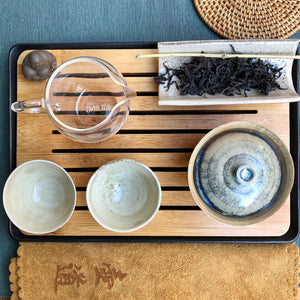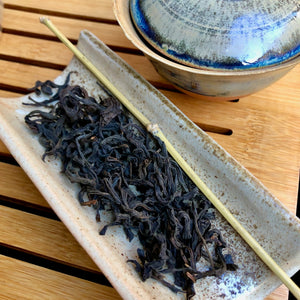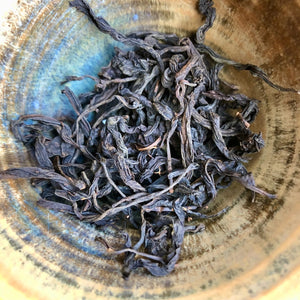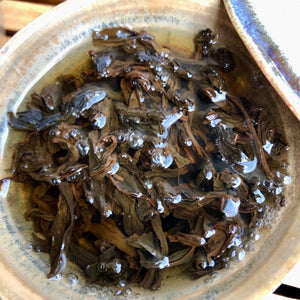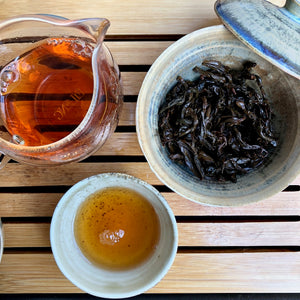
'Smoky' Zheng Shan
Tax included
Shipping calculated at checkout
In stock
Pickup currently unavailable
Smoky Zheng Shan Xiao Zhong – the pinewood-smoked classic
The iconic tea of the Tongmu region of the Wuyi Mountains: a fully oxidized red tea, traditionally dried over pine wood fires, bamboo screens, and smoke.
Thanks to the sophisticated smoking, a pleasant resinous-woody aroma was created – with a full, yet silky body and a long, sweet finish.
Origin & style
- Origin: Wuyi Mountains, Fujian; the historical cradle of the style is Tongmu.
- Style note: pinewood- smoked processing (classic “Lapsang Souchong” character)
- Ingredients: carefully selected, mature leaves for a full, round sip.
Processing in brief
After gentle wilting, the leaves undergo twisting and full oxidation, then dry on the upper grates of a multi-level smokehouse – away from the lightly smoking wood – and are infused with pine wood smoke. The intensity of the smoke is determined by the levels and time.
Flavor profile
- Aroma: pine smoke, cedar, resinous, slight smoked paprika tone.
- Taste: silky body; smoked plums and raisins, dark cocoa nibs, roasted grain; restrained tannins.
- Finish: long, clean, sweet-resinous, with a slightly mineral coolness.
Recommended preparation
Asian (gongfu) method
- 4–5g/100ml
- 90–95°C
- First pour 10–15 seconds, then gradually increase (+5–10 seconds). It lasts 6–8 short pours nicely.
Western method
- 2.5–3g / 250–300ml
- 90–95 °C, 2–3 minutes
- For the second pour +30–45 sec.
Cold brew / cold soak
- 6–8 g / 1 liter of soft water
- Refrigerate for 8–10 hours
- Result: a coolly clean, smoky-fruity, silky cup.
Pairing & occasion
- Cheeses (semi-hard, slightly smoked), dark chocolate, roasted seeds.
- For rainy afternoons, for conversations by the fire – when a hint of "campfire" in your cup is nice.
Note: The proportions are guidelines; it is worth fine-tuning depending on the water quality and device.
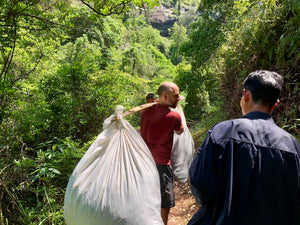
Personal contact
Our teas don't come from wholesale warehouses or unknown sources. We travel to the small producers we source from – whether it's a Japanese family tea garden, a Chinese mountain village or an oolong maker in Taiwan.
Stories
We meet them in person, learn their story, see how they care for their plants, and how they process the fresh leaves.
These experiences are the soul of our teas. This way, not only is the quality guaranteed, but also the fact that behind each cup there is a real person, a real story.
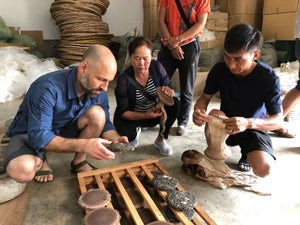
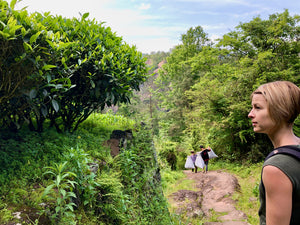
Direct
This direct relationship is valuable to us. Not only because of the excellent tea, but because we believe that trust, respect and personal presence are what make the tea drinking experience truly special.
Teavolution Tea Blog
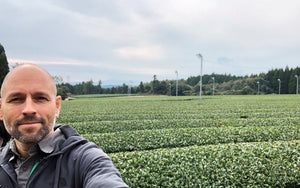
Oct 2, 2025
Sencha tea
Read more

Sep 21, 2025
Matcha hiány Japánban
Read more
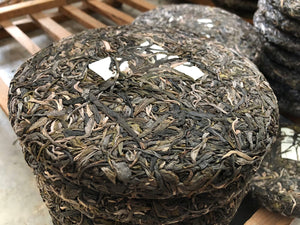
Mar 18, 2025
Puer tea, puerh or pu-erh
Read more
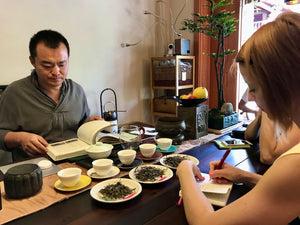
Mar 18, 2025
Types of tea
Read more
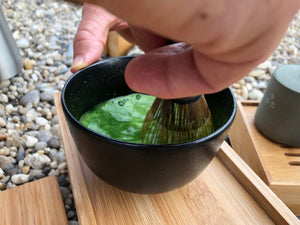
Mar 18, 2025
What is matcha tea?
Read more

Mar 18, 2025
Oolong tea (Wulong tea)
Read more

